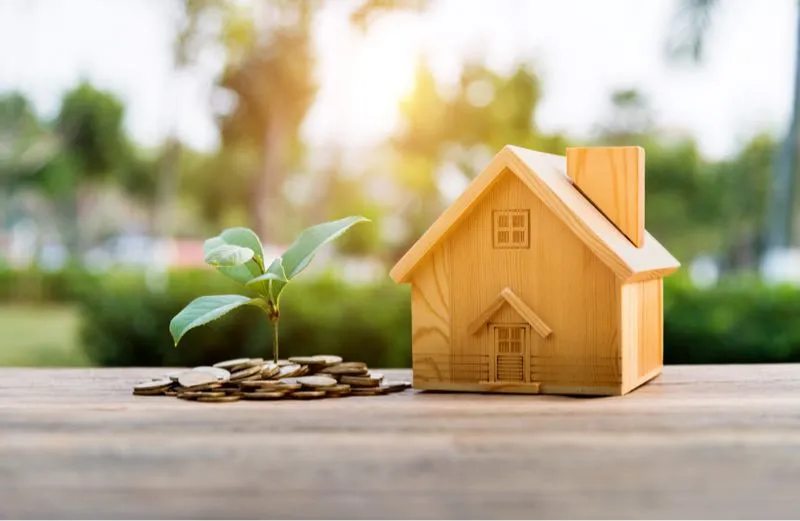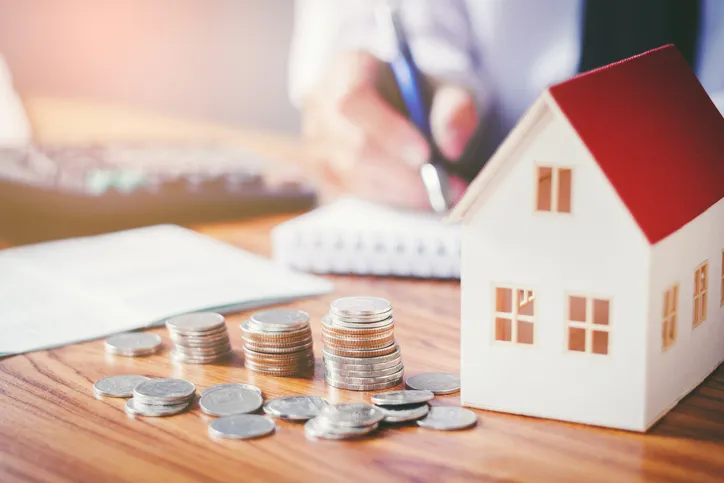The world as we know it is starting to change. People, communities, and entire nations are becoming more aware of how their choices impact the environment. With sustainability at the forefront of global discussions, businesses, governments, and individuals are making active changes to reduce their carbon footprint.
It’s no longer just an option, we are all part of this transformation. The way we shop is evolving, from how our produce is packaged to how deliveries are made, with a clear focus on recyclability and reduced emissions. Financial markets are also adapting. Pensions and investment funds are becoming more ethically conscious, prioritising environmentally sustainable industries over those contributing to climate change. This movement towards greener choices has now firmly made its way into the mortgage market.
How Has the Market Become Greener in Recent Years?
Let’s take a step back to early 2020, when green mortgages were still a niche product. At that time, only a handful of lenders offered them, and eligibility was limited to properties with an Energy Performance Certificate (EPC) rating of A or B. The benefits of these mortgages were relatively modest, often offering a small rate discount or a cashback incentive. Unless you were buying a new-build property, securing one of these deals was unlikely.
Fast forward to today, and the landscape has changed significantly. Green mortgages are no longer just a side offering but a growing priority for lenders across both the residential and buy-to-let sectors. More products are entering the market, reflecting a wider industry push towards sustainability.
The government Net Zero report also highlighted the role lenders must play in ensuring homes are energy efficient. In the years ahead, it is expected that mortgage providers will need to factor energy efficiency into more of their lending decisions, incentivising homeowners and landlords to make necessary upgrades.
EPC Ratings for Buy-to-Lets
The government has now confirmed plans to introduce a minimum EPC requirement of C for all rental properties by 2030. This is a shift from earlier proposals, which had set deadlines between 2025 and 2028. The revised 2030 target provides landlords with additional time to make necessary energy efficiency improvements to their properties.
While the immediate pressure may have eased, landlords must not be complacent. With the majority of UK rental properties currently rated D or below, many landlords will need to invest in energy-saving measures such as insulation, double glazing, and more efficient heating systems to comply.
If a rental property does not meet the minimum EPC rating of C by 2030, landlords may be unable to let the property legally. This means lost rental income and, in extreme cases, lenders could devalue non-compliant properties. As seen with cladding issues in recent years, properties that do not meet legal requirements can be significantly impacted when it comes to financing and resale.
EPC Ratings for Residential
Unlike buy-to-let properties, there are currently no discussions around enforcing minimum EPC ratings for homeowners. However, the focus remains on new-build homes, setting a new benchmark for energy efficiency and sustainability. The government’s primary objective is to tackle climate change while simultaneously helping homeowner’s lower household energy bills.
With homes, both new and existing, accounting for 20% of the UK’s total carbon emissions, the government has committed to achieving net zero emissions by 2050. This ambitious target, legally established in June 2019, places the UK among the global leaders in climate action.
One of the most significant steps towards achieving this goal is the planned ban on polluting fossil fuel heating systems, such as gas boilers, in new-build homes from 2025. Instead, properties will be equipped with cleaner technologies such as air source heat pumps, high-efficiency solar panels, and enhanced insulation materials. These innovations are expected to make homes far more energy efficient, reducing their carbon footprint and lowering heating costs.
To prepare for these changes, the government is pushing for all new homes to be built with 75-80% lower carbon emissions than those constructed under current regulations. By doing so, the housing sector will be better positioned to meet future sustainability targets while offering homeowners significant long-term savings.
What Does This All Mean for Me?
For landlords, these changes could pose a significant financial challenge. If they own multiple properties, the cost of improving each one to meet minimum EPC standards could become overwhelming, leading some to consider selling instead of upgrading. This may cause shifts in the rental market, with fewer properties available and potentially higher rents. However, those who invest early in energy-efficient improvements could benefit from higher rental yields, as tenants may be more inclined to rent properties with lower energy costs.
For homeowners, it’s time to start thinking ahead. Checking your home’s EPC rating and planning upgrades could make a difference in the long run. As energy efficiency becomes the norm rather than a selling point, having an A, B, or C-rated home will no longer be a unique selling proposition but an expectation. Those purchasing or remortgaging may also see green mortgage products offering the most competitive rates in the future, as lenders continue to prioritise sustainability.
In the coming years, we could see the introduction of more innovative green mortgage products. Lenders may begin offering tiered discounts on fixed rates based on a property’s EPC rating, encouraging borrowers to make improvements. Affordability assessments may also evolve, with lenders taking into account lower household energy bills when determining borrowing capacity. Another potential shift could involve minimum EPC requirements for certain mortgage products, further embedding sustainability into lending criteria.
As we move towards an era of heightened awareness around green mortgages and sustainable homeownership, one thing is certain: this is no longer a passing trend but the new reality of the mortgage market.
Going Green Conclusion
The mortgage industry is evolving alongside the wider push towards sustainability, and it’s clear that green mortgages are here to stay. Whether you are a homeowner looking to future-proof your property or a landlord facing upcoming regulatory changes, now is the time to assess your options.
If you’d like to learn more about green mortgages and find the best options available, give us a call on 0808 149 8381 or enquire online today.


